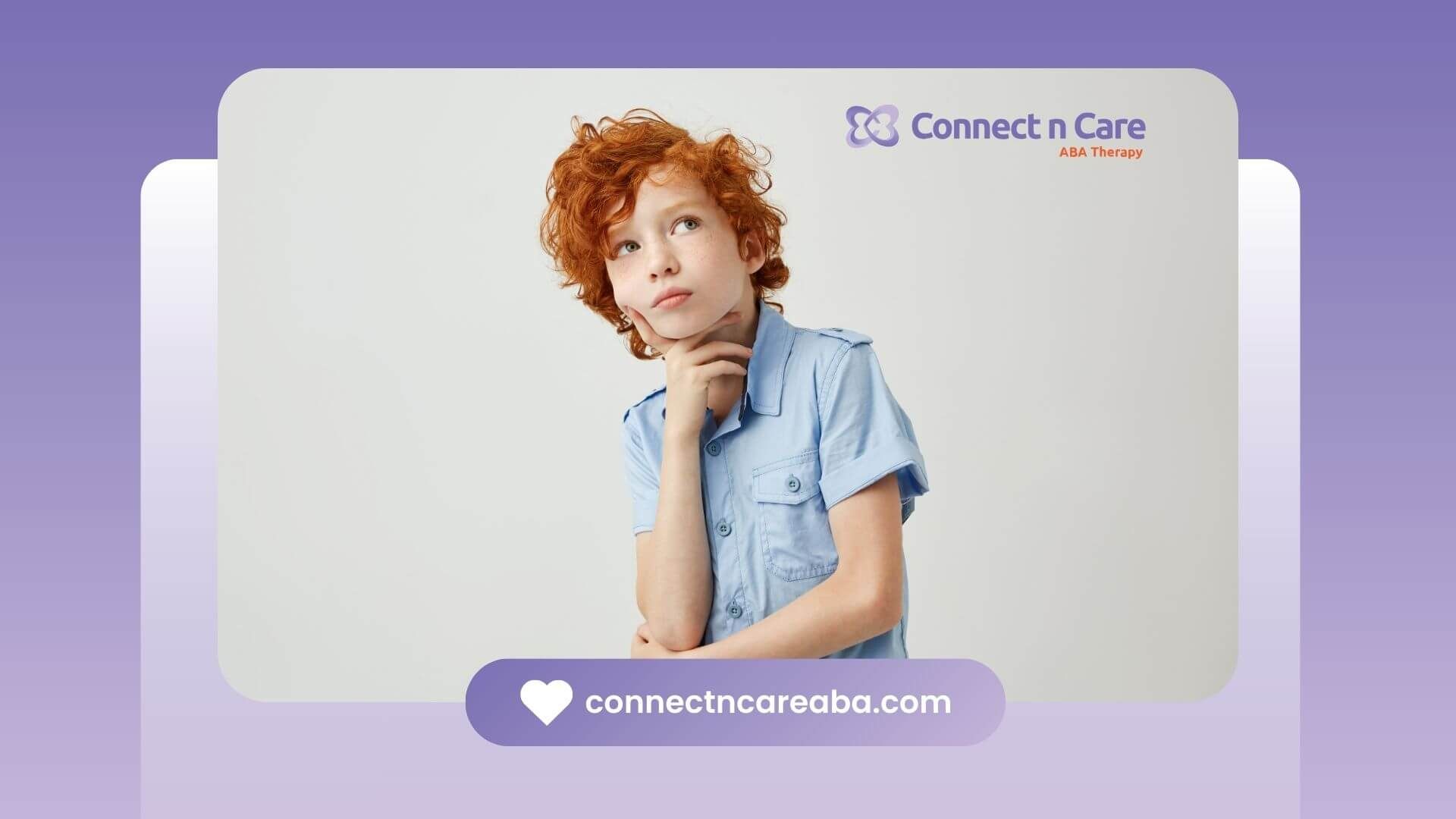One common behavior parents notice in children with autism is lining up toys. While it may seem unusual, this action often serves an important purpose for the child.
Reasons Kids with Autism Line Up Toys:
- Preference for Order and Predictability – Many autistic children feel more comfortable when things are structured and consistent. Arranging toys in lines gives them a sense of control and calm.
- Sensory Enjoyment – Watching toys lined up in a specific way can be visually or physically satisfying, providing sensory regulation.
- Repetitive Behavior (Stimming) – Lining up toys is a form of
stimming, which helps manage emotions, reduce anxiety, or process overwhelming input.
- Different Play Style – Instead of using toys for pretend play, some children explore them through patterns, shapes, and organization, which reflects how their brains process information.
- Focus on Details – Autistic children often pay attention to small details, like color, size, or shape, and lining toys up allows them to explore these features closely.
This behavior isn’t “bad”—it’s a way for autistic kids to self-regulate and understand their environment. With gentle guidance, parents and therapists can expand play skills while respecting the child’s needs.
Looking for support?
At Connect n Care ABA, we provide personalized ABA therapy in North Carolina to help children build flexible play, social, and communication skills while embracing their strengths.
Contact us today to learn more about our different ABA therapy programs.
SOURCES:
https://nationalautismcenter.org/autism/what-does-autism-look-like/
https://sparkforautism.org/discover_article/repetitive-behaviors-autism/
https://orbrom.com/lining-things-up-sign-of-autism/
https://www.reddit.com/r/Autism_Parenting/comments/1gj3c1o/is_lining_up_toys_a_sign_of_autism_in_a_4_year/
https://misslunarose.home.blog/2019/10/23/lining-up-toys-is-good/









